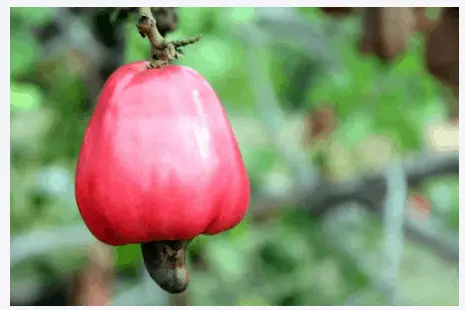
Activity of text interpretation, aimed at students in the fifth year of elementary school, about cashew. Let's get to know him better? So, read the text carefully! Then answer the various interpretative questions proposed!
You can download this text comprehension activity in an editable Word template ready to print to PDF and also the answer activity.
Download this text interpretation exercise from:
SCHOOL: DATE:
PROF: CLASS:
NAME:
Read:
The cashew tree (scientific name Anacardium occidentale L.) is a tropical plant originating in Brazil and belonging to the Anacardiaceae family. Despite the species' distribution across the country, the largest cashew production is concentrated in the states of Ceará, Piauí, Rio Grande do Norte and Bahia.
The cashew tree reaches up to 10m in height and has a wide crown, with branches that hang down to the ground. In general, the trunk is crooked and branched. Depending on the season, the leaves can be pink or green. The ideal conditions for the cultivation of cashew are found on the coast of the North and Northeast, from the tropical and subtropical climate.
From June to November, the tree has small, pinkish-white and fragrant flowers. The harvest takes place from January to February. The real fruit of the species is the part known as the cashew nut, and what is popularly considered to be the fruit is actually a fleshy stem, the pseudo-fruit. It can be yellow, red or intermediate in color, being rich in vitamin C, calcium, phosphorus and iron. Among the health benefits, the fleshy stem is indicated to combat rheumatism and skin eczema.
Cashew nuts are also a very nutritious food. Both the fruit and the pseudo-fruit of the cashew tree are used in different ways in cooking, in juices, sweets, liqueurs, ice cream, wines, syrups and vinegars.
Available in: .

Question 1 – Reread this fragment:
“The cashew tree (scientific name Anacardium occidentale L.) is a tropical plant originating in Brazil and belonging to the Anacardiaceae family.”
In this fragment, the text:
( ) defines.
( ) concludes.
( ) compares.
Question 2 – The segment "The cashew tree reaches up to 10m in height and has a wide crown, with branches that hang down to the ground." It's:
( ) a narration.
( ) a description.
( ) an argument.
Question 3 – In “From June to November, the tree presents small, pinkish-white and fragrant flowers.”, the underlined expression:
( ) takes the cashew tree.
( ) presents the cashew tree.
( ) characterizes the cashew tree.
Question 4 – In the excerpt “The harvest happens from january to february.”, the underlined part indicates:
( ) place.
( ) mode.
( ) time.
Question 5 - Read the following statements:
I. The fruit of the cashew is the fleshy stalk.
II. The cashew nut is the fruit of the cashew.
III. The fleshy stem of the cashew is the pseudofruit.
IV. Cashew fruit and pseudo fruit are very nutritious.
According to the text, what is stated in:
( ) I and IV.
( ) II and III.
( ) II, III and IV.
Question 6 – Note this passage of text:
"Among the health benefits, the fleshy stalk is indicated to combat rheumatism and skin eczema.”
The highlighted term indicates:
( ) sum.
( ) contrast.
( ) alternation.
By Denyse Lage Fonseca
Graduated in Languages and specialist in distance education.


